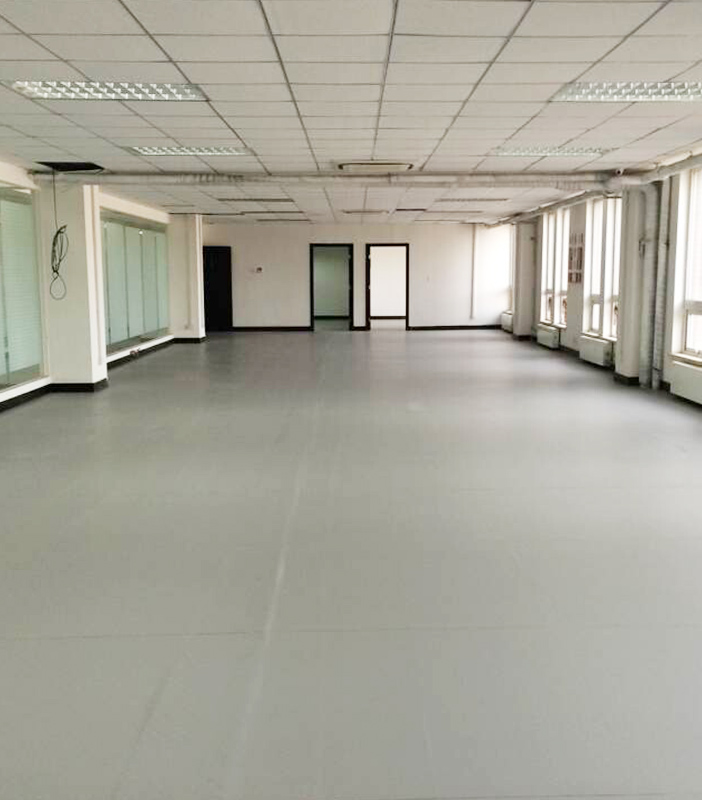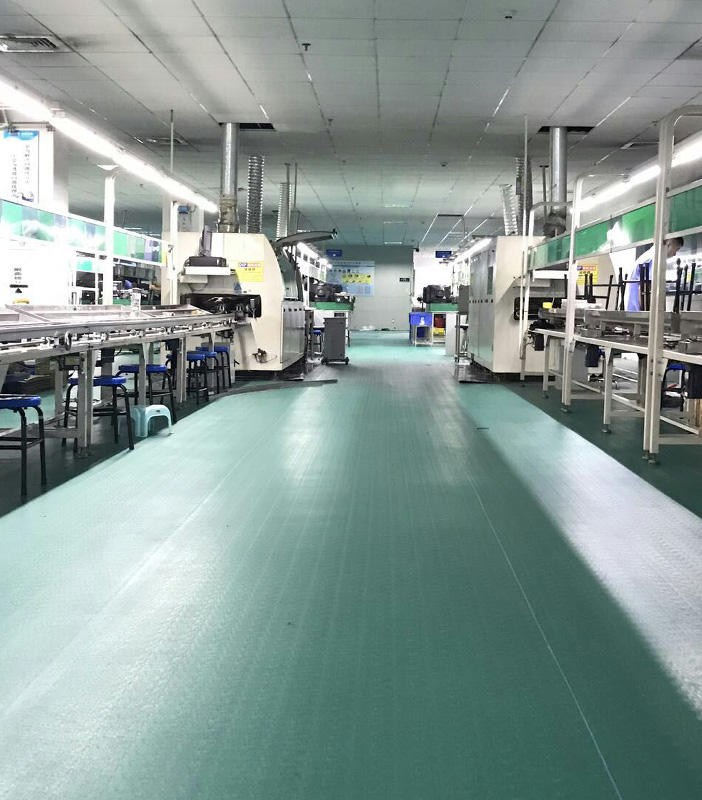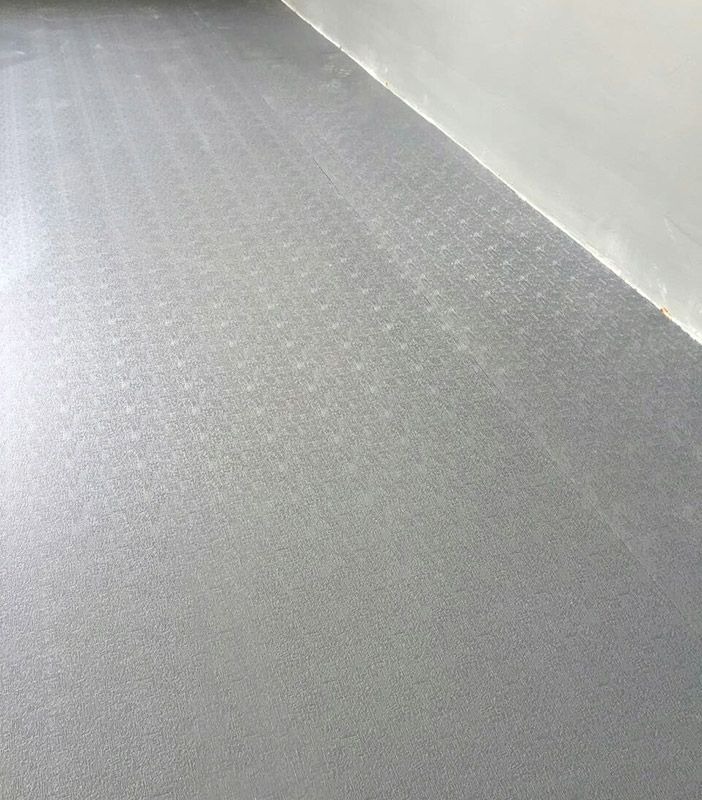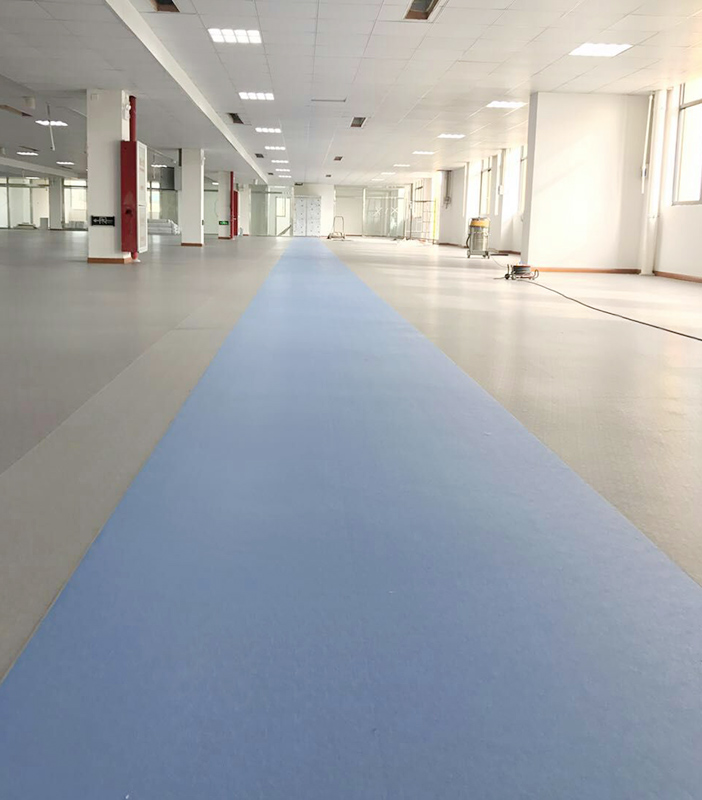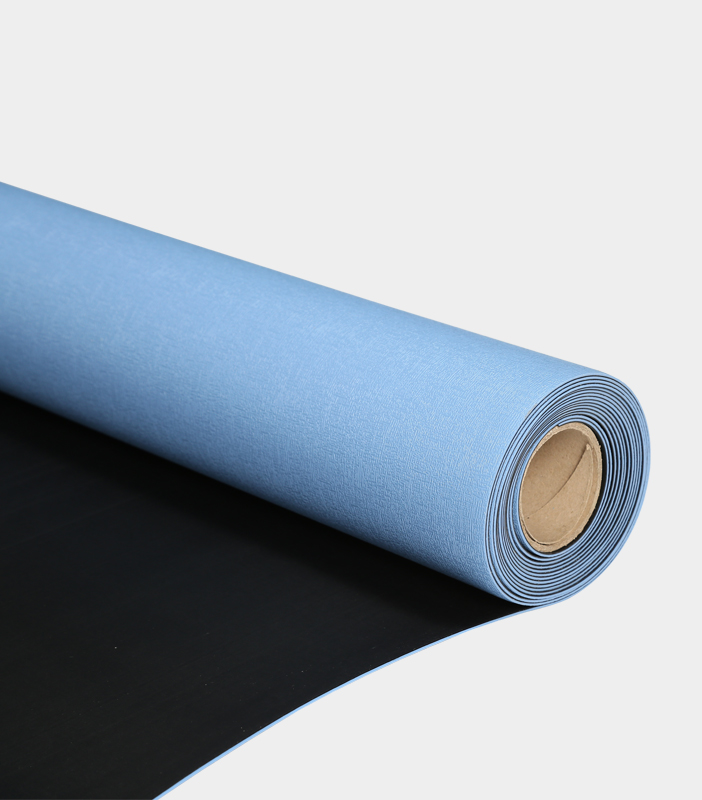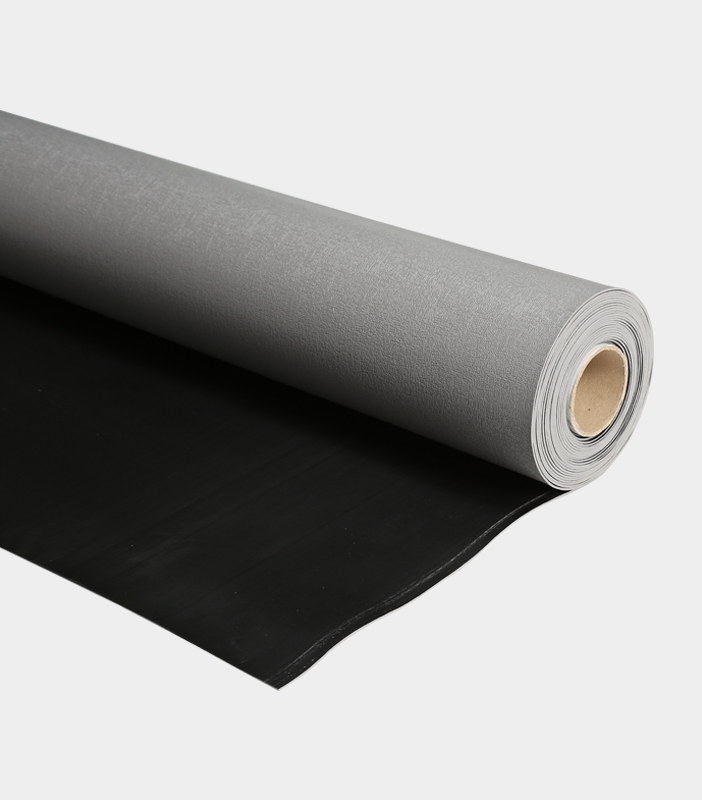In environments where static electricity poses a risk to both personnel and sensitive electronic equipment, Electrostatic Discharge (ESD) protection is a critical concern. ESD Anti-Fatigue Floor Mats offer a unique solution by not only dissipating static charges but also providing ergonomic support for workers who stand for extended periods. When selecting the right ESD Anti-Fatigue Floor Mat, several important factors should be considered to ensure both effective ESD protection and ergonomic comfort.
1. Level of ESD Protection:
- Anti-Static Anti-Fatigue Floor Mat: These mats are designed to provide anti-static properties, which means they prevent the buildup of static electricity but may not dissipate charges as rapidly as ESD-specific mats.
- ESD Anti-Fatigue Floor Mat: ESD-specific mats are engineered with enhanced conductivity to ensure rapid dissipation of static charges. They are suitable for environments with stringent ESD requirements.
2. Workplace Environment:
- Anti-Static Anti-Fatigue Floor Mat: These mats are suitable for environments where ESD protection is essential, but the risk of static discharge is moderate.
- ESD Anti-Fatigue Floor Mat: In environments with a high risk of static discharge, such as electronics manufacturing cleanrooms or labs, ESD-specific mats are recommended to provide robust protection.
3. Material and Conductivity:
- Anti-Static Anti-Fatigue Floor Mat: These mats are often made from materials like rubber or foam, offering comfort and some degree of ESD protection. However, their conductivity may not be as high as ESD-specific mats.
- ESD Anti-Fatigue Floor Mat: ESD-specific mats are made with conductive materials that facilitate rapid static charge dissipation. Ensure that the mat meets the necessary conductivity standards for your environment.
4. Ergonomic Support:
- Anti-Static Anti-Fatigue Floor Mat: While these mats offer some ergonomic support, they may not provide the same level of comfort as specialized anti-fatigue mats.
- ESD Anti-Fatigue Floor Mat: ESD-specific mats prioritize both ESD protection and ergonomic support. Look for mats that offer features like cushioning and fatigue reduction to enhance worker comfort.
5. Size and Dimensions:
- Anti-Static Anti-Fatigue Floor Mat: Consider the size and layout of your workspace when choosing these mats. Ensure they cover the necessary areas to provide adequate ESD protection.
- ESD Anti-Fatigue Floor Mat: Similar to anti-static mats, select the appropriate size and dimensions to cover workstations or walkways effectively.
6. Cleaning and Maintenance:
- Anti-Static Anti-Fatigue Floor Mat: Check whether the mats are easy to clean and maintain, as cleanliness is crucial in ESD protection.
- ESD Anti-Fatigue Floor Mat: ESD-specific mats should be designed for easy cleaning and upkeep to ensure their effectiveness over time.
7. Regulations and Standards:
- Anti-Static Anti-Fatigue Floor Mat: Ensure that the mats meet any industry-specific standards for ESD protection, even if they are not ESD-specific mats.
- ESD Anti-Fatigue Floor Mat: Verify that ESD-specific mats comply with relevant ESD protection standards and regulations applicable to your industry.
8. Durability and Longevity:
- Anti-Static Anti-Fatigue Floor Mat: Assess the durability of the mats and their resistance to wear and tear, as this affects their lifespan.
- ESD Anti-Fatigue Floor Mat: ESD-specific mats should also be durable and capable of withstanding the rigors of industrial environments.
Choosing the right ESD Anti-Fatigue Floor Mat involves considering factors such as the level of ESD protection required, the work environment, material and conductivity, ergonomic support, size, cleaning, compliance with standards, durability, budget, and customization options. By carefully evaluating these factors, you can select a mat that not only provides effective ESD protection but also ensures the comfort and well-being of workers who stand for extended periods in ESD-sensitive areas.

 简体中文
简体中文 English
English España
España Deutsch
Deutsch